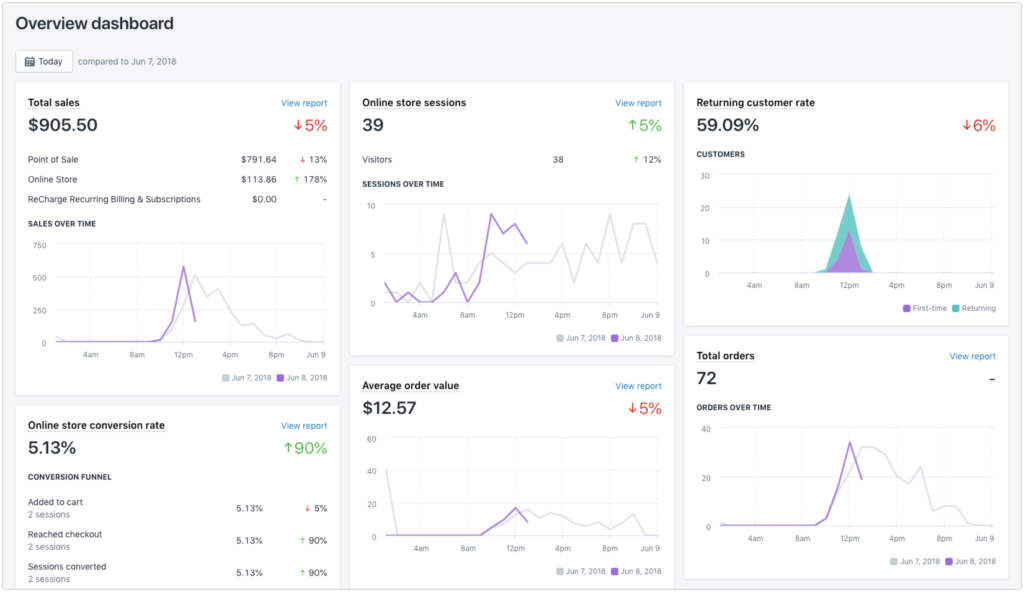

Paying attention to these growing trends can help business's bottom line, which is increasingly important in today’s competitive market. According to McKinsey, the more channels a sales company has, the more market shares a company gains. Strong omnichannel strategies do more than enhance the experience of online shoppers. “If you don’t understand what that journey is, you can’t provide the right information at the right time.” “The power of true omnichannel is understanding all the channels our customers use, and how they want to use them, throughout their entire journey,” said Ferguson Enterprises Chief Marketing Officer, Victoria Morrissey. Companies with weak omnichannel strategies have a 33% customer retention rate. In fact, companies that have robust omnichannel strategies retain almost 89% of their customers. You can even see that it outperforms art materials in every state if you scroll down a bit. Now, it’s as clear as day that sportswear is more trending in the USA. Just type sportswear in the compare field on your right and hit Enter button. Creating a seamless experience is what often causes a customer to return. Google Trends can easily give you the answer. Currently, 52% of e-commerce sites have omnichannel capabilities.īuilding omnichannel capabilities into an e-commerce site requires an intimate understanding of the consumer audiences. Omnichannel is the next level up-and it’s the future of e-commerce. This may look like having a website, Facebook shop, and an Instagram account. Expanding Omnichannel Capabilitiesīeing multichannel means businesses must be able to sell to and communicate with customers through multiple channels at any given moment.


Social proof from social media influencer marketing campaigns often turns leads into sales. This strategy can increase engagement and conversion rates. Working with an influencer allows businesses to engage with pre-qualified customers. Incorporating an influencer marketing strategy is another way to leverage the benefits of social commerce. For brands seeking to target these audiences, using TikTok is vital. Social commerce is critical for brands to reach their target audiences, and is expected to generate $30.73 billion in sales in 2023, accounting for 20% of global retail e-commerce sales.”The Future of Commerce also reports that Gen Z customers use TikTok more than Google to find product recommendations. dollars in 2022, and forecasts suggest that social commerce sales will reach around 2.9 trillion U.S. Companies will need to incorporate social media into their e-commerce strategies to reach and engage with consumers.Īccording to The Future of Commerce, “Global sales via social media platforms were estimated at 992 billion U.S. Social media platforms are becoming an increasingly important part of the e-commerce landscape as consumers use them for discovery, research, and even purchasing. However, these complex machine learning processes rely on human judgments of search relevancy. To improve search results, Megorskaya recommends companies train ranking algorithms and evaluate search quality compared to competitors.


 0 kommentar(er)
0 kommentar(er)
